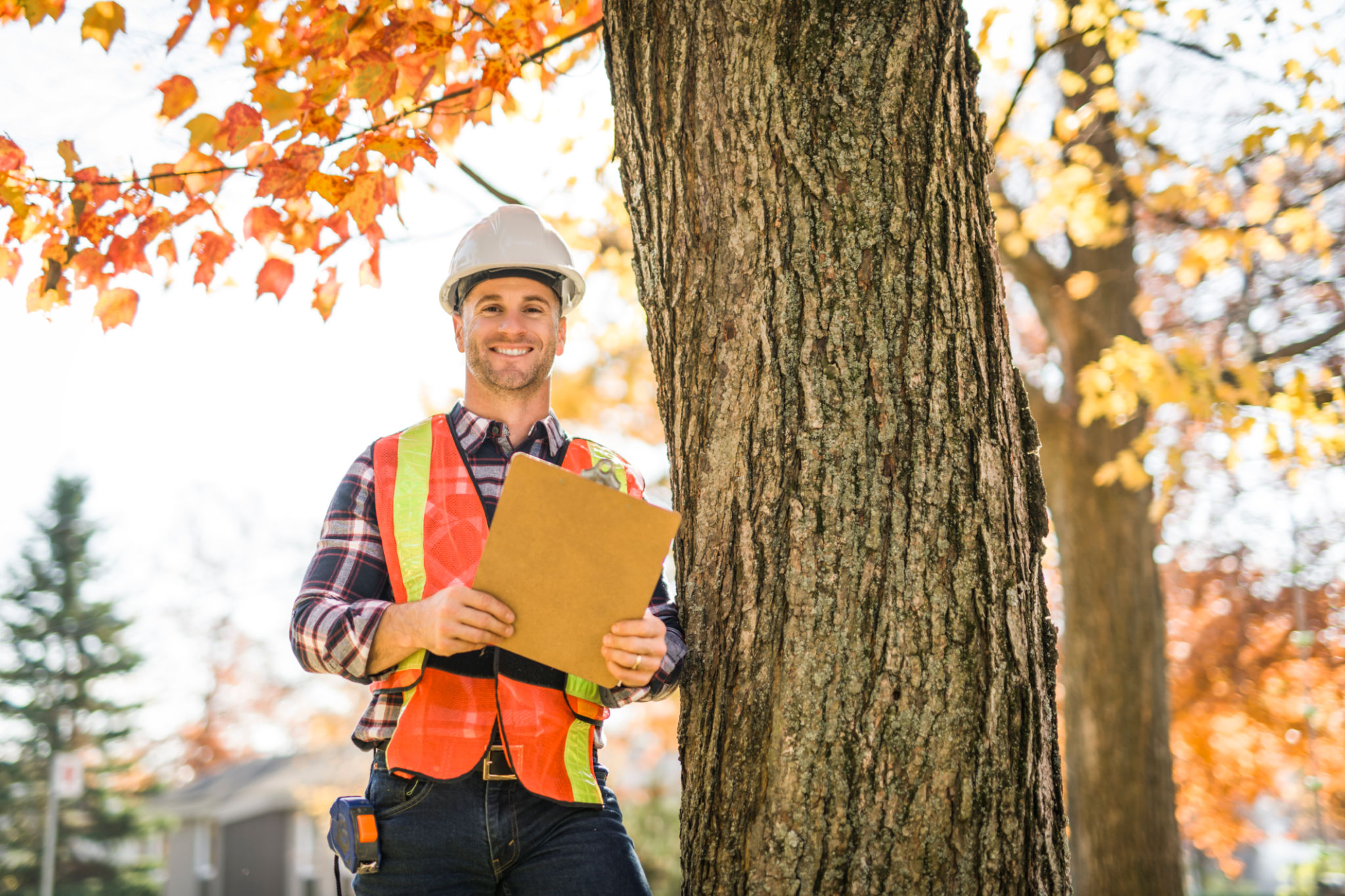Understanding Local Regulations for Tree Removal in Hillsboro
Introduction to Tree Removal Regulations
Removing a tree from your property in Hillsboro isn't as straightforward as grabbing a chainsaw and getting to work. Local regulations are in place to ensure that tree removal is done responsibly, preserving the natural environment and maintaining the aesthetic appeal of the city. Understanding these regulations can save you from potential fines and ensure that you're contributing positively to the community.

Why Regulations Matter
The regulations governing tree removal are designed to protect the urban forest, promote biodiversity, and ensure safety. Trees provide numerous benefits, including air purification, shade, and habitat for wildlife. Removing them without proper consideration can negatively impact the ecosystem. In Hillsboro, maintaining a balance between development and nature is a priority, which is why these regulations are strictly enforced.
Permit Requirements
In Hillsboro, you may need a permit to remove a tree, depending on its size and location. Generally, trees that are over a certain diameter or located in specific zones require a permit. The city categorizes trees based on their significance and location, such as heritage trees or those in environmentally sensitive areas. It's essential to check with the local planning department to determine if a permit is necessary for your tree removal project.

Steps to Obtain a Tree Removal Permit
If your tree removal requires a permit, you'll need to follow a specific process. Here's a general outline:
- Contact the Hillsboro Planning Department to discuss your tree removal intentions.
- Submit an application, which may include a site plan and photographs of the tree.
- Pay any applicable fees associated with the permit application.
- Await approval, which may involve an inspection by city officials.
It's important to start this process well in advance to avoid delays in your project.
Exceptions and Special Cases
Certain situations may allow for tree removal without a permit. For instance, if a tree poses an immediate danger to people or property, emergency removal may be permitted. However, documentation of the hazard is typically required, and post-removal reporting to the city might be necessary. Additionally, some trees, such as invasive species, may have different regulations.

Working with Professionals
Hiring a professional arborist or a licensed tree removal service can be beneficial when dealing with these regulations. Professionals are familiar with local laws and can ensure that all necessary permits are obtained and procedures followed. Moreover, they bring expertise in safely removing trees, which is crucial for preventing damage to property and injury.
Consequences of Non-Compliance
Failing to adhere to tree removal regulations in Hillsboro can result in fines, legal action, and mandatory replacement of the tree. The city takes these violations seriously, emphasizing the importance of compliance. In addition to legal repercussions, unauthorized tree removal can harm your reputation within the community.
Conclusion
Understanding and following local regulations for tree removal in Hillsboro is essential for both legal compliance and environmental stewardship. By familiarizing yourself with the necessary permits and working with professionals, you can ensure that your tree removal project is completed responsibly and sustainably. Always check with the Hillsboro Planning Department for the most current regulations and requirements.